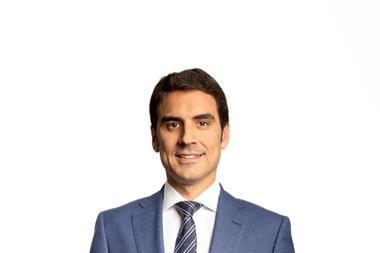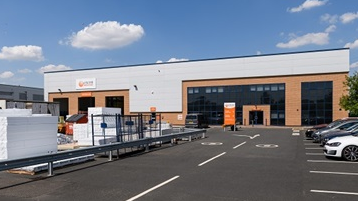Increasing competition at home is forcing Danish pension funds to make allocations to property overseas, writes Maha Khan Phillips
For Danish institutional investors, investing in domestic real estate has become an extremely competitive game. "Five years ago, nobody was involved in Denmark because it was too difficult to get in. But now, a major part of the total deals being done involve foreigners," explains Nikolaj Stampe, head of real estate at occupational fund administrator PKA.
Property investments increased 61% for the group last year, but this was a result of a re-evaluation of the portfolio. In 2006, approximately 14% of total assets were invested in real estate. For Stampe, the arrival of international investors means an increasing pressure on costs, and it is no surprise to see why.
In total, Danish property returned 17.8% in 2006, according to the Investment Property Databank (IPD) index. This was the second highest return since the start of the index in 2000. The main driver behind the strong capital return was the compression of valuation yields, which fell approximately 60 basis points, despite a rise in Danish interest rates.
"There are a lot of international investors buying into the Nordic countries. We've seen that for several years in Sweden and now we're seeing it in Denmark as well. That puts a different price sensitivity on things," explains Elin Magnusson, an analyst with IPD. She believes that the largest potential for growth comes from the rental market, with new leases for office contracts in Copenhagen increasing by 15-20%. "What's different in Copenhagen is that the supply side is very strong, so the rental growth is not as volatile as in other cities, because properties are built whenever there is demand."
For the fourth consecutive year, residential properties were the strongest sector in the IPD index, with total returns of 24.2%, despite falling prices in the owner-occupied housing market in the last half of this year. The second highest performing sector was offices, with signs of rental recovery seen in Copenhagen and the rest of Denmark. The weakest sectors were commercial and retail properties, achieving returns of 15.1% and 15.4% respectively.
Magnusson warns that domestic property is getting too expensive for many pension schemes. "If you're buying at a 4% yield you can't really make the calculation add up. We have had two really good years because of yield compression, but seeing how the yield gap is closing up, it's getting more difficult to find good opportunities."
Unsurprisingly pension funds are turning increasing to overseas allocations. "At ATP we have approximately 4% of our fund allocation in real estate. In Denmark we have a large portfolio of direct owned office and retail properties. Internationally we have commitments to 22 European funds," explains Michael Nielsen of ATP, the DKK438bn (€59bn) labour market fund that is Denmark's largest scheme.
ATP recently teamed up with ABP, and German real estate firm Patrizia Immobilien to launch a joint venture that will invest up to €700bn in German commercial real estate. Under the arrangement, ABP and ATP will initially invest €60m each.
ATP is also planning to beef up its US allocation. "We have seen a number of Danish investors making commitments to US funds and Asian funds. We at ATP have taken the decision to expand our programme to also cover the US market within the next year or so," explains Nielsen. However, the fund will not invest in real estate investment trusts.
"Not many Danish investors have investments in the REITs segment. We know that it is closely related to the general equity market, and one of the reasons for investing in real estate is to avoid this correlation," he explains.
PKA has also made inroads into the US, most recently with its $75m (€53bn) commitment to a real estate project in Manhattan. The fund was alerted to a regeneration and rental project, Peter Cooper Village/Stuyvesant Town, by BlackRock, one of its managers, who in turn purchased it in a joint venture with Tishman Speyer Properties for $5.4bn last year.
"We thought it was a great opportunity to get into a core investment with a lot of potential," explains Stampe. We didn't necessarily decide that we wanted to be in the US, but when the opportunity came along, it sounded really interesting." The fund is also investing $70m in Russian property, through a Baltic property trust. "Russia is attractive in our opinion because if you invest in the right areas, with the right fund managers, there is massive potential." However, Stampe admits it is a difficult market, and as a result, it is not investing in construction, but only in existing properties.












